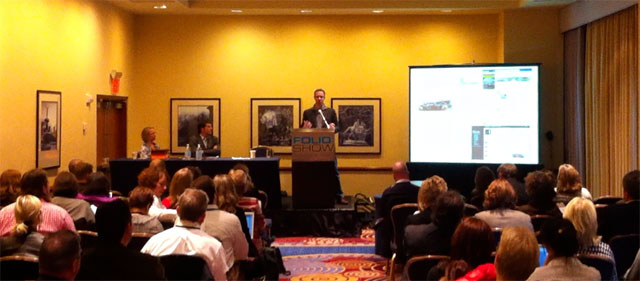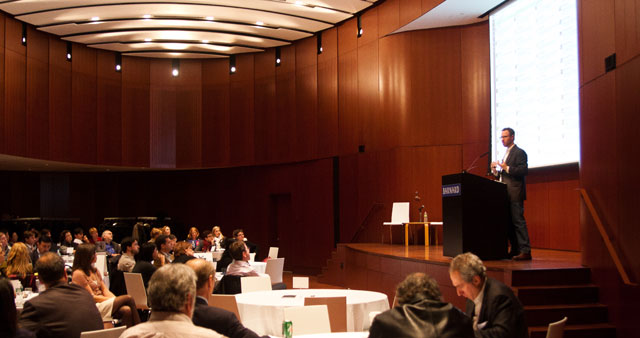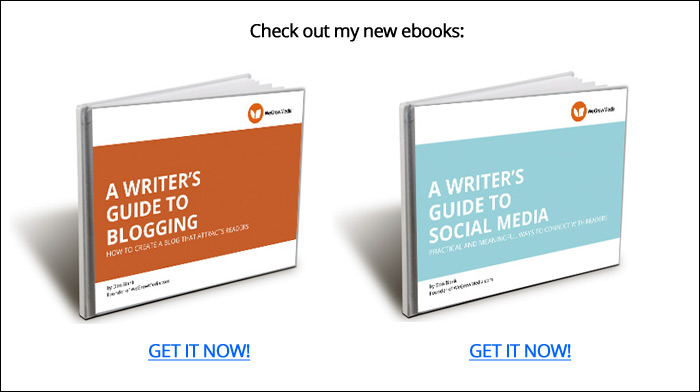If you are a writer, trying to build your audience and have an impact on the world, where should you put your resources. Your time and your money? Your emotional energy, and brilliant thought?
Now, the easy answer is always: “create the best piece of writing possible first!” So let’s just get that out of the way so we can move beyond it. In truth, we are all creating work that is in some ways brilliant, in some ways insufficient, and always improving as we each grow wiser on our journey through life.
So where does your money go? This is the question Jane Friedman asked this week in a useful and insightful post:
How Should You Spend Your Book Marketing Budget?
I would like to dig more deeply into a few areas she touched upon.
Money is Not Your Most Precious Resource
There is something unsettling about our culture’s obsession with money. The belief that, without money, we have no options, no freedom to choose what we want. Oftentimes, the opposite is more true. The less money you have, the more you focus and leverage your other resources to create a true impact in the world, instead of spending your time managing funds and confusing payment with action.
If you want to build your author platform; if you want to spread the word about your work; if you want to become deeply engaged in a vibrant community – YOU DON’T NEED MONEY. Sure, money helps, but it is not the key ingredient. It’s actually 87th on the list, far behind essentials such as: coffee, good health, sleep, a sense of humor, and so many other things.
But yes, money helps. Money can be traded for time in many cases.
We all seem to wish we had more time. And yet, even time isn’t your most precious resource. Time is flexible. It’s also the great equalizer. We all have the same amount of time in a day. Someone isn’t more successful than you are because they found a way to conjure up a 25th hour in a given day.
But… somehow… there are individuals who do more with their time than others. Which brings us to your most precious resource: creative energy. You can also call this “motivation,” I suppose.
What I mean is this: I don’t work a full work day. Sure, I work for at least 8 hours a day, oftentimes more. But some of that time is spent moving things around, managing email, organizing, keeping the lights on. But the real work comes in bursts of creative energy.
That I will have 20 minute bursts of ideas and inspiration and work that create entire products, entire revenue streams, entirely new ways to have an impact on the world and build a legacy. That the other 23 hours and 40 minutes in the day were sort of ordinary, but those 20 minutes were somehow elevated.
So I protect my creative energy. I carefully manage my time to ensure the most creative and critical tasks are done in the mornings (when I work best) and free of distractions from family or meetings. I construct my daily to-do list to have pockets of juggling and coordination, and pockets of free space. I make sure I deal with tasks I am most worried about first, so they don’t creep into my creative time.
Invest in Communication
When considering where to spend your resources – focus on connections, not things. On results, not actions. It’s easy to order 1,000 awesome business cards. It’s hard to meet the right people, in the right way, to have those business cards pay off. We get sidetracked by representations of action. That a business card represents someone capturing our info and gives them the power to connect with us. But a representation does not equal action or results.
Focus on making TRUE connections with others, not on “platforms, “websites,” or “documents.”
Some incredibly successful people who built their entire career online have ugly websites that barely work. Simply “choosing” to leverage Twitter does not in and of itself result in any effects. HOW you use it is what matters. And buying books, self-paced courses, and other resources doesn’t mean that what the words in them say will lead to action in your life. You have to read and execute on the material. This is why so many people you know have amazing shelves worth of books, but a very limited worldview. A book that is bought but not read does not really shape your life. Sometimes, it merely shapes the image you would like to have of yourself.
So instead of investing in ‘things,’ invest in something incredibly old-fashioned: communication. How others communicate with you, and how you can communicate with others. To spread ideas, to listen to others. To negotiate. To converse. To build relationships.
Twitter doesn’t communicate. People do it by leveraging Twitter. Websites don’t communicate. People do it by working through a website.
I am a consultant (RUN AND HIDE!!!), and when you hire a consultant, don’t get all excited about the deliverables in terms of documents they provide. That you will get a 90 page this, and a 40 page that, and a 200 page something-or-other. You have to measure the benefits of who you hire based on providing clarity, on harnessing resources, on identifying amazing ideas, and on things that lead to action and results. Intangibles that give you a clear path and steps to get there.
Invest in people – those who brainstorm, push, pull, challenge, and support. Not just investing in “things.” That a website doesn’t inherently do anything. It is a tool in a process of communication. Should you spend $2,500 for a great web design? Maybe. But don’t think that a beautiful website will really bring you to your goals unless you understand who your audience is, and how to engage them. There are lots of pretty, yet lonely, websites out there.
Knowing Where You Are Going Before You Get Spending
Buying clothes doesn’t make you stylish. How you wear them, and how you act in them does. Likewise, spending money doesn’t necessary solve your problems. You have to know WHAT you want to say. WHO you want to say it to. HOW to most effectively do it. And understand how your purpose aligns with the needs and interests of others.
Jane did a wonderful job of covering this, saying that before you spend, consider:
- Who’s your primary target audience?
- How much of your audience do you “own”?
- What are your weak spots?
Many people have no idea where they are going. They want to “get published.” Or “reach mothers” via their blog. The translation here is vague, based more on wanting to be popular and relevant, but not really digging into specific cause and effect. To really define how they are impacting the world and building their legacy.
When you consider how you leverage your own resources, don’t look for the shiny red button. The one that promises the world for a simple price. Instead, consider how you can work with others to make new connections, and move past boundaries. Oftentimes the biggest obstacle standing in your way is not a ‘thing,’ and isn’t even outside of your own head. We are often our own biggest obstacles. Find ways to work with others that help you free up your creative energy. In doing so, you may find that you also gain other precious resources: yes, time and money; but also: immediate impact and the start of a legacy.
And of course, let me know if there is any way I can be of assistance to you. Have a great day.
-Dan






